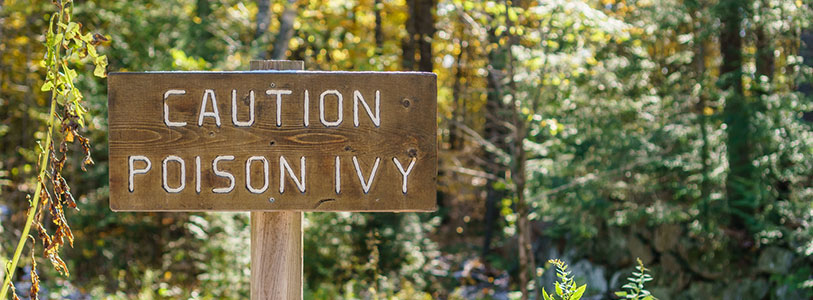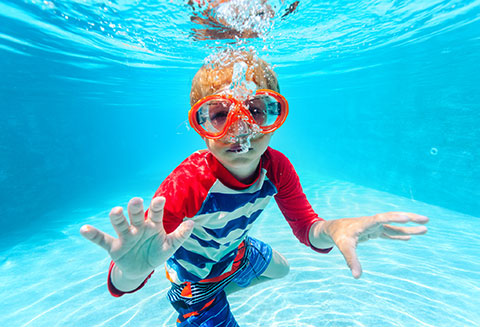How to avoid the itchy pain of poison ivy

The dreaded poison ivy rash. Anyone who has ever had it remembers its effects vividly — the itching, the swelling, the painful blisters, and overall discomfort. Poison ivy, though, is an umbrella term that stems from three native North American plants: poison ivy, poison sumac, and poison oak.
More articles from this issue
Dr. Tatyana Morton , an internist with NewYork-Presbyterian Medical Group Westchester and NewYork-Presbyterian Lawrence Hospital in Bronxville, says, “The poison ivy rash is caused by an allergic reaction to an oily resin called urushiol, present in the leaves and roots of poison ivy, oak, and sumac. It causes an allergic reaction in about 50 percent of the population in nature, and a higher percentage of people react to patch testing in a lab.”
The spreadability factor
Urushiol is quickly transferred from the plants to other objects through touch — including everyday objects. It can also be transferred from clothing and pets, and can even be present in the smoke from a burning plant. Even inhaling smoke from burning plants that contain urushiol can irritate or harm the nasal passages or lungs. “While poison ivy cannot be spread by touching the blisters themselves or from the fluid inside the blisters, it can be spread if the oils remain on the skin, clothes, or shoes or under fingernails,” explains Dr. Morton. “The reaction usually develops 4 to 96 hours after exposure and typically lasts one to three weeks if left untreated.
Know the symptoms
Each person may experience symptoms of poison ivy differently, but the following are the most common:
- Swelling in the area of contact can be severe if face or genitals are involved
- Dermatitis rash characterized by very itchy bumps and blisters
- Blisters that break open, ooze, and then crust over
- Redness
- Itching
- Difficulty breathing, if you've inhaled the smoke from burning poison ivy
Sometimes, the symptoms of poison ivy may resemble other skin conditions. The rash most often looks like a straight line because of the way the plant brushes against the skin. But if it is contracted by a piece of clothing or pet fur that has urushiol on it, the rash may have a wider, more spread out appearance. Adds Dr. Morton, “The severity of the rash depends on the amount of urushiol that comes into contact with the skin. New lesions can come up in different areas, which has more to do with the intensity of the underlying allergic reaction rather than continuing spread. A person who has not previously been in contact with urushiol can continue to develop new lesions up to 21 days after exposure.”
When to see a doctor
Serious complications from poison ivy are rare but can arise, which is why it’s important to seek medical advice if the rash is widespread, if skin swelling continues and blisters ooze pus, if you are having difficulty breathing or develop a fever greater than 100F, or if the rash doesn’t get better within a few weeks.
Easing the discomfort
If contact with the plants has already occurred, washing with gentle soap and water as soon as possible is key, certainly no more than two hours after known exposure and before dermatitis develops. Alcohol-based wipes also may help remove the oils. Wash all clothes and shoes thoroughly. Oatmeal baths in lukewarm water and cool compresses are potentially helpful and calamine lotion can also provide some relief.
In more severe cases, where the blisters and rash are on the face, near the genitals, or all over the body, notify a physician as soon as possible. Says Dr. Morton, “After a medical history and physical examination, a physician may prescribe a steroid cream or oral steroids depending on the severity of the symptoms and the location of the lesions. Secondary infections may occur with Staph or Strep bacteria and may require a course of antibiotics.”
“Ultimately,” concludes Dr. Morton, “the best treatment for poison ivy is to recognize these toxic plants and go out of your way to avoid them.”
To find a primary care doctor near you, visit nyp.org/medicalgroups .






